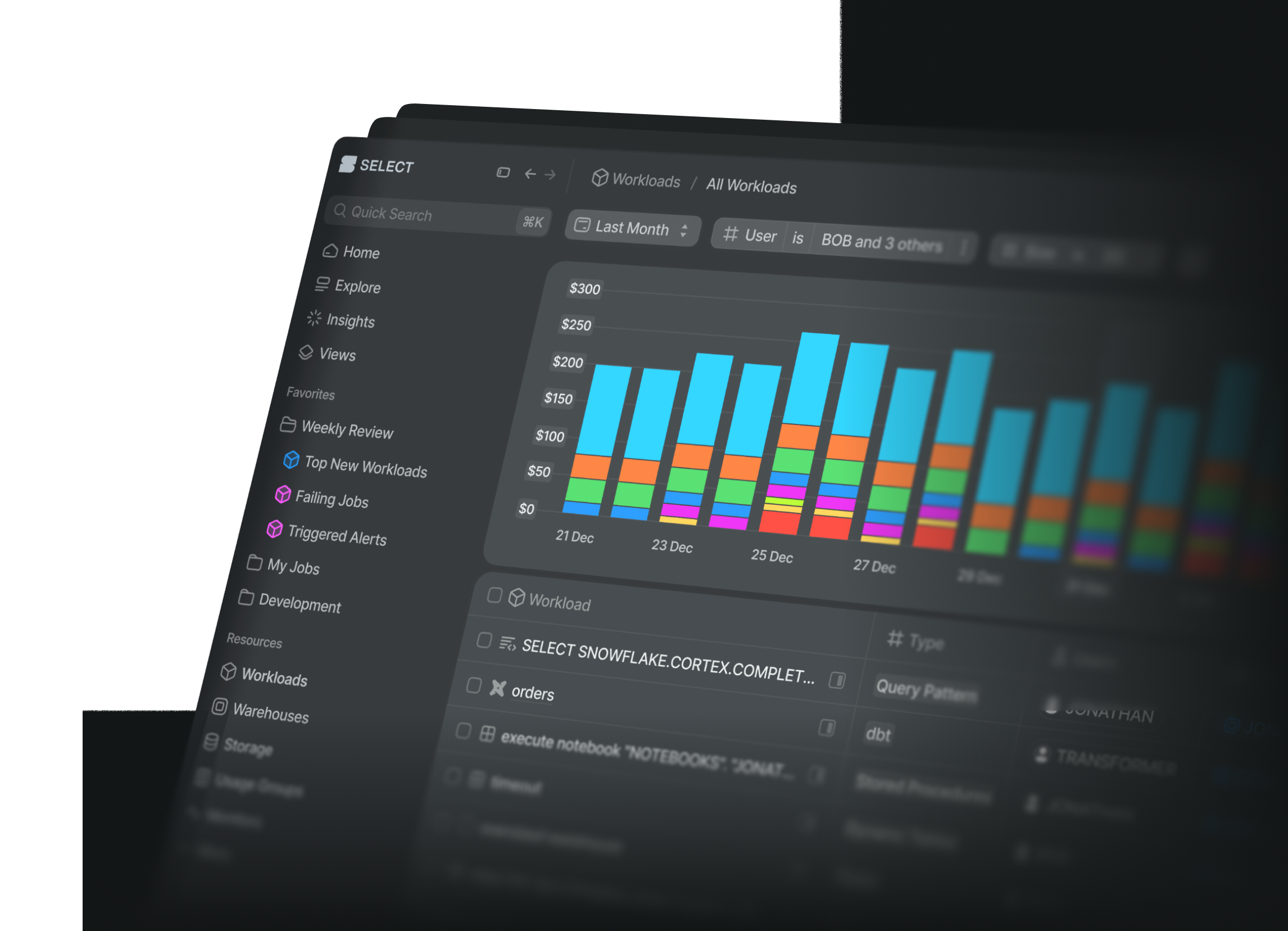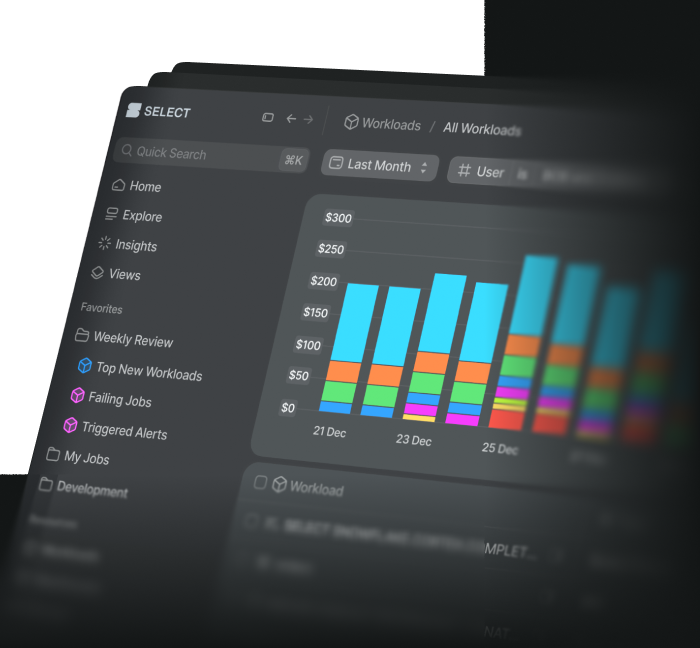SELECT offers both an API and a Terraform provider, which can be utilized to manage usage groups within your organization.
This guide presents a way to migrate from usage groups configured in the SELECT UI to managing those resources in Terraform. We provide a Python script which will generate Terraform resource blocks based on what is already configured in the SELECT UI, simplifying this process greatly.
Here's an overview of the process:
- Obtain an API key from the SELECT UI
- Download the helper script and set up its dependencies
- Run the script with your API key to generate Terraform configuration for all usage groups in your organization
- (Optional) Move the generated Terraform resources into your existing Terraform repository
- (IMPORTANT) Move the API key to secure storage
- Run the generated
import.shwhich will pull all your usage groups into your Terraform state. - Iteratively execute
terraform planand adjust the generated resources until they match what's configured in SELECT
Step by step guide
Prerequisites
Before getting started, you'll need:
- Python 3.6+
- Terraform CLI - Download here
1. Obtain an API Key from the SELECT UI
Please see the API quickstart for guidance on how to obtain this from the SELECT UI. The API key you generate will need read/write access to any resources you want to manage in Terraform. For this guide, at a minimum, the usage group and the usage group set read/write access are required.
2. Download and setup the script
3. Generate terraform configuration
Replace YOUR_API_TOKEN and YOUR_ORG_ID with your actual credentials:
This creates a select_usage_groups directory with:
main.tf- Provider configuration{usage_group_set}.tf- One file per usage group setimport.sh- Script to import existing resources
4. Move the generated Terraform resource files
If you would like to manage SELECT resources alongside your other infrastructure, please move this directory into the corresponding repository now.
If you are setting up a new repository for managing SELECT resources, you can move this directory to the new repository now.
Once you've moved the generated resource files, you can remove the script or the entire terraform repository if you cloned it earlier.
5. Secure your API key
⚠️ IMPORTANT: The generated main.tf contains your API key in plaintext.
If you already manage resources in Terraform it's likely that you have a strategy for securing sensitive variables. Otherwise, a simple way to secure this is to use environment variables.
There are alternatives and Hashicorp has extensive documentation on this topic.
6. Initialize and import
The python script generated a command to import the resources into your Terraform state.
7. Fix any configuration drift
If terraform plan shows differences, update your .tf files to match your existing resources until the plan shows no changes.
Examples
The script above will generate a module per snowflake account or organization that API key used has access to, and create a file per Usage Group Set.
To see some examples of what the Terraform resources for Usage Groups looks like, please visit the Terraform provider docs.



